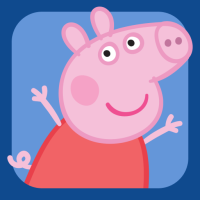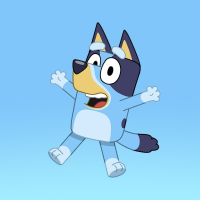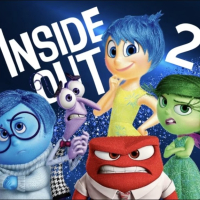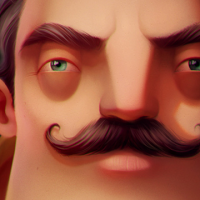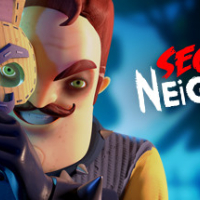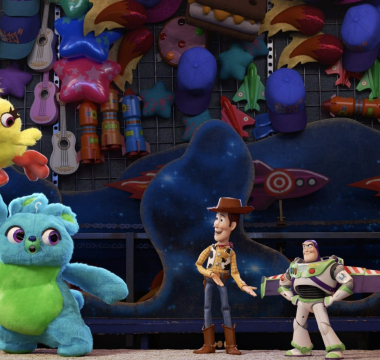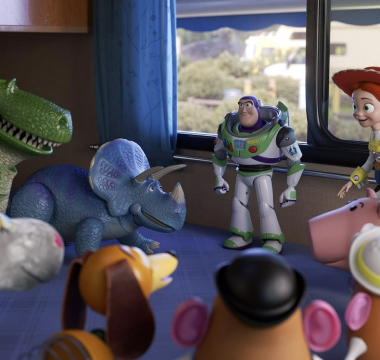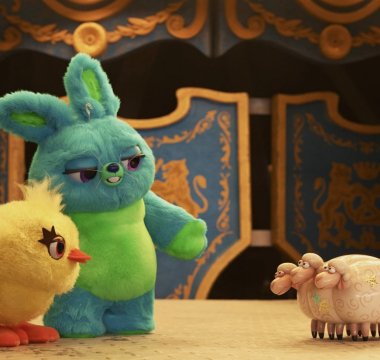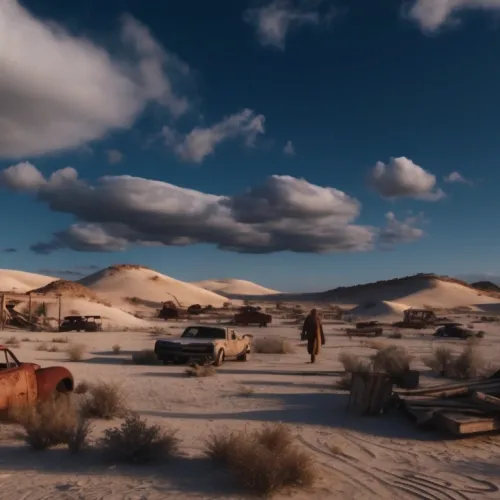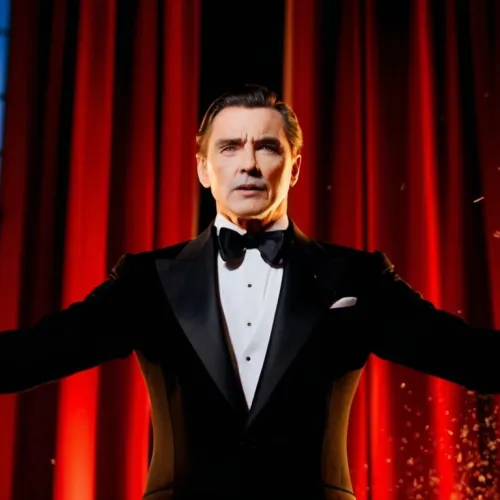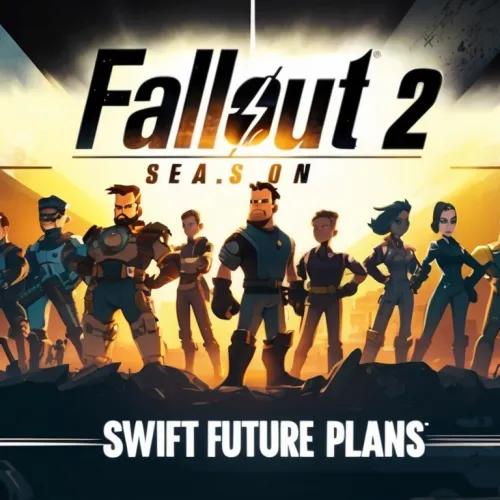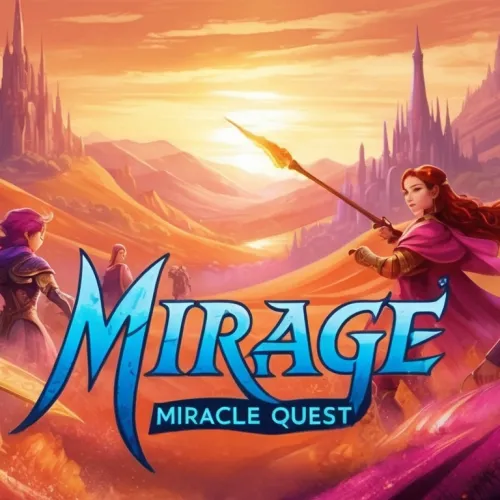As someone who has grown up alongside the evolution of animation, I approached "Toy Story 4" with a mix of anticipation and apprehension. The "Toy Story" series has been a cornerstone of animated storytelling, a masterpiece of the 90s that revitalized the perception of what animated films could achieve. The announcement of a fourth installment stirred mixed emotions. Could this sequel expand upon what was already a seemingly perfect narrative arc? Armed with popcorn and nostalgia, I dove in to find out.
I’ll admit, the fear of the film merely rehashing old plots lingered. However, even amidst skepticism, there was hope that Pixar's magical touch could add meaningful depth to the toys' journey. Would "Toy Story 4" manage to bring something new, or would it risk tainting the legacy of its predecessors?
A Brief History of the Toy Story Saga
The original "Toy Story" marked a revolutionary moment in 1995 as the first entirely computer-animated feature film. It set the bar for visual storytelling with its sophisticated narrative and groundbreaking animation technology. Subsequent sequels, "Toy Story 2" and "Toy Story 3," built upon this foundation, exploring themes of friendship, belonging, and the poignant passage of time.
As the franchise matured, it delved into emotionally complex territories. "Toy Story 3," in particular, left audiences with tear-streaked faces as it artfully encapsulated the bittersweet inevitability of growing up. "Toy Story 4" swung into theaters with an unenviable task: to conclude a saga that seemed to have already reached its zenith.
What Makes Toy Story 4 Compelling?
One of the distinguishing aspects of "Toy Story 4" is its exploration of existential themes. While previous entries primarily focused on the relationship between children and their toys, this film shifts its gaze toward the toys themselves. What does it mean to have a purpose when the child you love no longer plays with you?
The introduction of Forky, a creation of mixed media by Bonnie, the child now owning the toys, takes this theme further. As a spork transforms into a toy, Forky enters the scene grappling with his identity. Through his eyes, the movie explores issues of belonging and self-worth, offering a fresh and thought-provoking layer to the established narrative.
The Road Trip That Changes Everything
As "Toy Story 4" begins, the familiar toys find themselves swept along on Bonnie’s family road trip. This setup, an age-old trope, surprisingly reinvigorates the narrative. Woody, ever the loyal leader, faces a crisis of relevance now that he is no longer Bonnie's favorite.
Yet, it’s this journey that serves as a catalyst for profound character development. It is during this trip that Woody reconnects with Bo Peep, absent since the second film. Her reintroduction provides a fresh dynamic, imbuing the story with a new feminist vigor.
Bo Peep's Renaissance
Once sidelined as a mere romantic interest, Bo Peep returns with a daring new persona. She's an independent spirit, no longer tethered to a traditional role. Her transformation into a resilient, free-roaming toy is emblematic of the series' evolution towards more robust character portrayals.
Bo becomes an anchor for Woody, challenging him to question his purpose and the parameters of loyalty and love. Her character arc is not only refreshing but also inspiring as it echoes contemporary conversations about independence and agency.
Introducing New Characters
"Toy Story 4" enriches its universe by introducing a host of new characters, each adding distinct flavors to the story. Duke Caboom, Canada's biggest and most theatrical stuntman, provides comedic relief with a nostalgic nod to the bygone era of action toys.
The presence of Gabby Gabby, a vintage pullstring doll, introduces an element of poignant complexity. Her longing for connection and a voice reflects universal desires, opening an exploration of imperfections and the yearning for acceptance.
The Animation's Mastery
Visually, "Toy Story 4" is nothing short of a triumph. The animation team leverages advancements in technology to create stunning, lifelike textures and movement. From the plush velvet of carnival prizes to the meticulous detail of aged porcelain, every visual element is an ode to craftsmanship.
This visual narrative is not purely eye candy; it elevates the storytelling, effectively bridging emotional gaps. Pixar again demonstrates that their prowess extends far beyond mere digital prowess— it's in how these details serve the story that their true artistry shines.
Exploring Themes of Autonomy and Identity
A central narrative vein of "Toy Story 4" is the quest for autonomy. Characters grapple with defining their identities apart from their owners. Woody, who has always found purpose in being a child's plaything, now questions whether he can exist outside of this role.
Forky's journey from inanimate waste to an entity with perceived self-worth mirrors this existential dilemma. His development is a metaphor for the broader theme—understanding one's place in an ever-changing world, a narrative that resonates deeply.
The Role of Humor
Humor has always been a cornerstone of the "Toy Story" series, and this film is no exception. The comedic dynamic between Ducky and Bunny, voiced by Keegan-Michael Key and Jordan Peele, brings a new comic flair that keeps the narrative buoyant amidst heavier themes.
Their antics, combined with Duke Caboom’s flamboyance, ensure that the film remains accessible to audiences of all ages, maintaining the delicate balance between light-hearted fun and its deeper undercurrents.
Adventures in the Antique Store
The antique store serves as a significant narrative battleground. Crammed with relics from different eras, it’s a labyrinth of opportunity and peril. The visual detail of the store encapsulates the wonder and chaos inherent in such a setting.
Within this space, the toys encounter obstacles that force them to confront their fears and desires. The clever use of setting becomes almost a character in itself, shaping the story’s ebb and flow.
Connection with the Audience
Pixar's magic lies in its ability to connect with viewers on a personal level. "Toy Story 4" carries on this tradition by weaving in themes of change, acceptance, and personal growth that transcend age. Both children and adults find themselves mirrored in the characters' journeys.
The emotional beats of the film ring true, inviting the audience to reflect on their own experiences of change and evolution. This empathetic engagement elevates the movie from mere entertainment to a memorable cinematic experience.
Soundtrack and Audio Effects
The film’s score, crafted by returning composer Randy Newman, complements the narrative beautifully. Each musical cue enhances the emotional resonance, whether it's the thrill of the chase or the intimacy of a quiet moment.
Sound design also plays a crucial role in bringing the world of "Toy Story 4" to life. From the bustling noise of the carnival to the eerie silence of the antique store, these audio elements add a layer of depth that enriches the viewer's immersion.
Conclusion
Walking out of the theater, I found myself enveloped in a mix of satisfaction and nostalgia. "Toy Story 4" had not tarnished the beloved legacy I feared it might. Instead, it extended it, offering new insights while staying true to the heart of what made the original films so special.
In the end, "Toy Story 4" succeeds not just as a continuation of a cherished saga but as a standalone narrative rich with thoughtful exploration of identity, choice, and what it truly means to be fulfilled. I walked away with more than just memories of laughter and tears but a renewed appreciation for the delicate art of storytelling.

